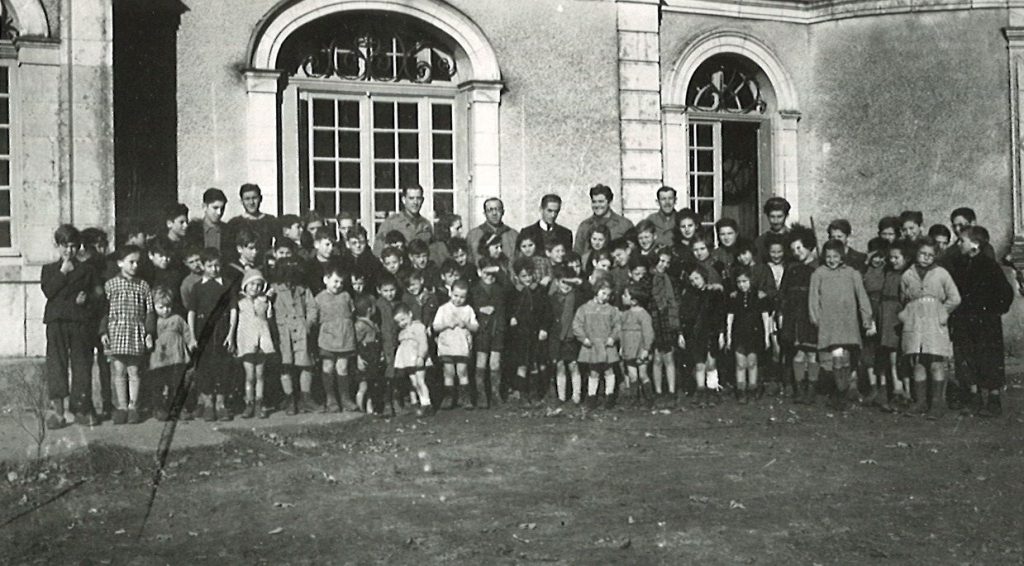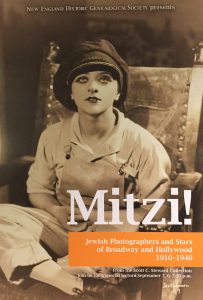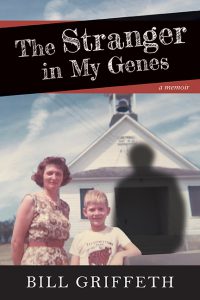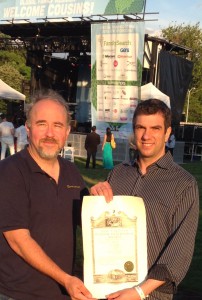
Recently, the New England Historic Genealogical Society participated in “Free Fun Friday,” a yearly summer event sponsored by the Highland Street Foundation for no-cost admission to cultural venues in Massachusetts. A couple who attended the event at NEHGS on August 19 sat down at the “Archivist for a Day” table that I was manning with co-workers and asked if they could quickly write some notes before their consultation with Research Services. The husband inquired about my department, the Jewish Heritage Center (JHC) at NEHGS, and mentioned that his family was Jewish and that his uncle had actually been a rabbi. Continue reading An unexpected discovery






